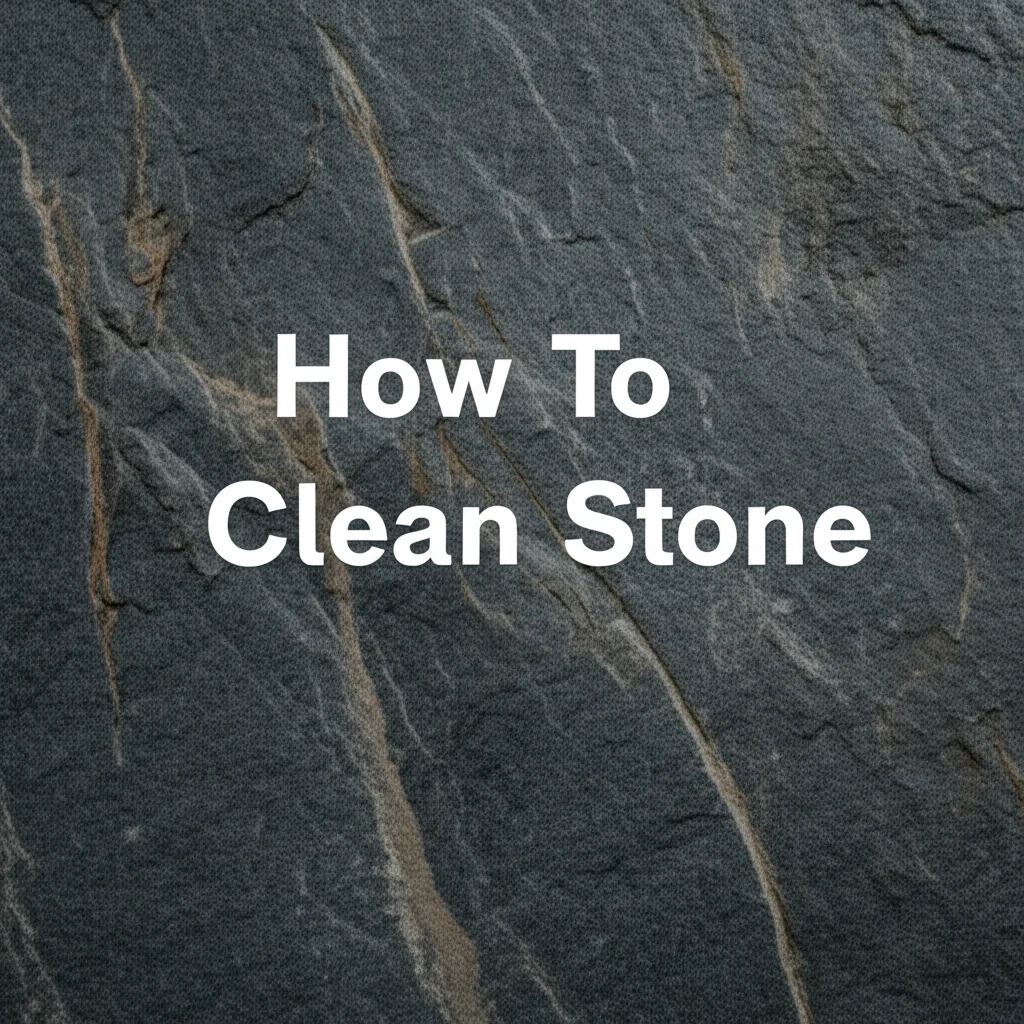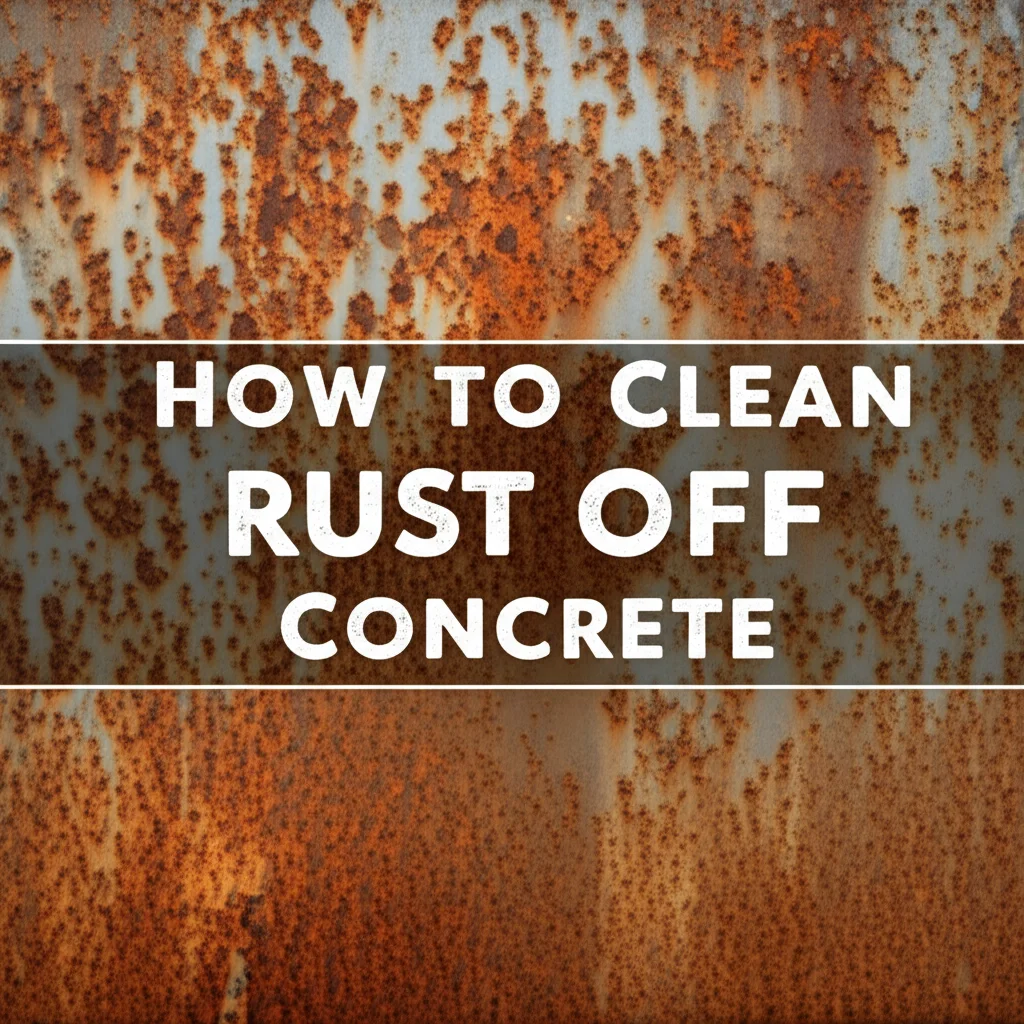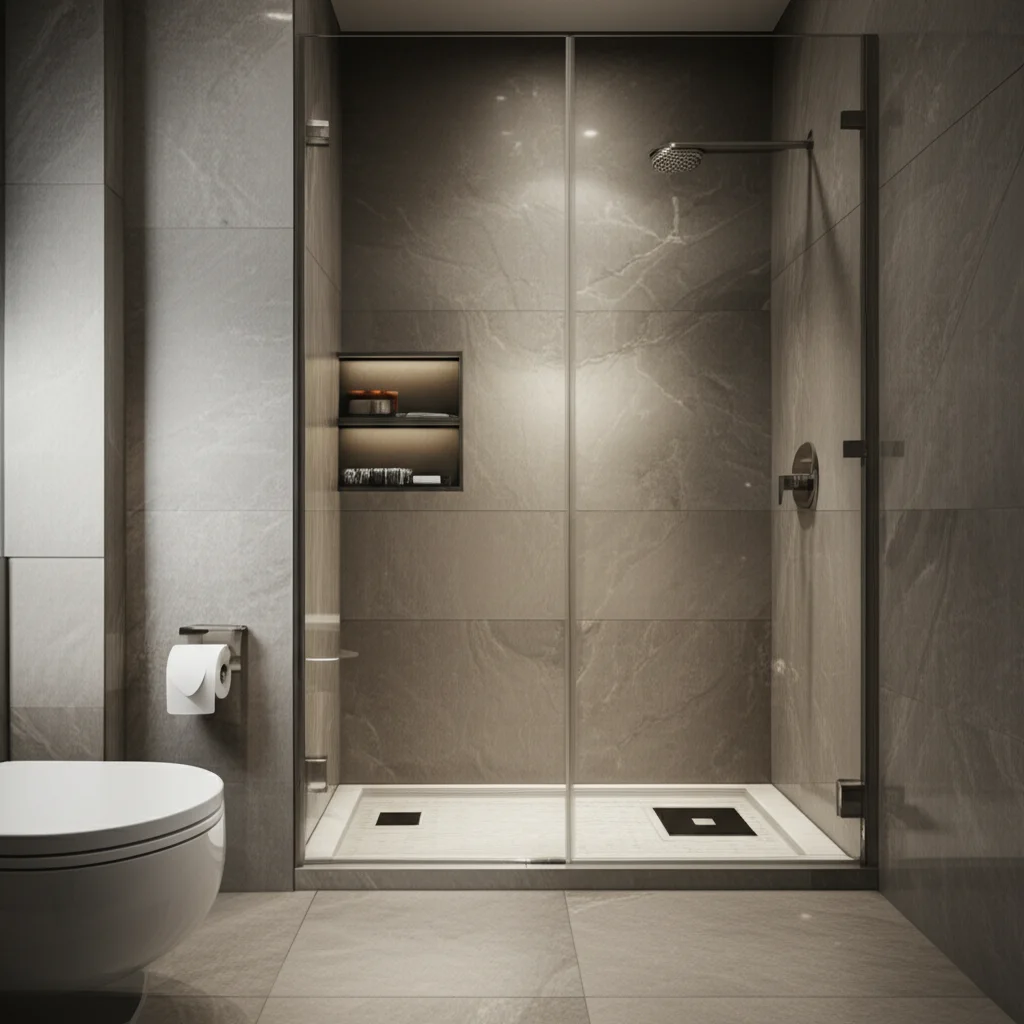· Todd Martin · Home Maintenance · 15 min read
How To Clean Stone

Effortless Ways to Clean Stone Surfaces Effectively
Stone surfaces bring timeless beauty and durability to any home. Whether it’s a sleek granite countertop, a warm travertine floor, or a rustic stone fireplace, proper care helps them last. Cleaning stone requires specific knowledge, as different types react differently to cleaners. Using the wrong product can cause irreversible damage. This guide will show you how to clean stone safely and effectively. We will cover routine maintenance, tackle tough stains, and provide care tips for various stone types. You will learn the best methods to keep your stone looking beautiful.
Takeaway:
- Identify your stone type before cleaning.
- Always use pH-neutral cleaners for natural stone.
- Blot spills immediately to prevent stains.
- Regular dusting and wiping prevent dirt buildup.
- Seal porous stone surfaces to protect them.
To clean stone, identify its type first. Then, use pH-neutral cleaners and soft cloths. Gently wipe surfaces to remove dust and spills. For tougher stains, use specific poultices or cleaners designed for that stone. Always test new products in an inconspicuous area to ensure safety.
Understanding Your Stone Type for Proper Cleaning
Knowing your stone type is the first step in successful cleaning. Different stones have different properties. Some are porous, meaning they absorb liquids easily. Others are dense and resist staining more readily. Incorrect cleaning methods can damage your stone permanently.
For instance, acidic cleaners will etch marble and limestone. These stones contain calcium carbonate, which reacts with acids. Granite and quartz are more resilient but still benefit from gentle care. Identifying your stone helps you choose the right cleaning products and techniques. This knowledge ensures your stone remains beautiful for years.
Porous vs. Non-Porous Stone Characteristics
Porous stone has tiny holes that allow liquids to penetrate. Marble, limestone, travertine, and some slates are examples of porous stones. These stones are prone to staining if not sealed properly. Liquids like wine or oil can seep in and leave lasting marks.
Non-porous stone has a very dense structure. This structure resists liquid absorption. Granite, quartz, and some types of slate are non-porous. While more stain-resistant, they can still show water spots or dull over time without proper cleaning. Understanding this difference guides your cleaning product selection.
Common Stone Types and Their Cleaning Needs
Each stone type has unique cleaning requirements. Marble is a soft, porous stone prone to etching and scratching. Always use pH-neutral cleaners on marble. Granite is harder and less porous, but it still benefits from a sealant. Cleaning granite surfaces often involves mild soap and water.
Travertine is a porous limestone. It needs regular sealing and gentle cleaning. Slate is dense but can chip easily. Clean slate with mild detergents. Quartz is an engineered stone. It is very durable and easy to clean with basic household cleaners. Always refer to manufacturer guidelines for specific care.
Essential Tools and Gentle Cleaners for Stone Cleaning
You need the right tools and cleaners to maintain stone surfaces effectively. Avoid harsh chemicals like bleach or abrasive scrubbers. These items can damage the stone’s finish or its protective seal. Investing in proper cleaning supplies protects your stone.
Choose tools and cleaners designed for natural stone. This approach ensures you do not inadvertently cause harm. Gentle care preserves the stone’s natural beauty and extends its lifespan. Proper tools also make the cleaning process easier.
pH-Neutral Cleaners for Safe Stone Care
pH-neutral cleaners are crucial for natural stone. These cleaners have a pH level around 7. They do not contain acids or alkalis that can react with the stone. Acidic cleaners etch stones like marble, leaving dull spots. Alkaline cleaners can strip away sealants.
Many brands offer stone-specific cleaners. You can also use a mild dish soap diluted in water. Always check the product label to confirm it is safe for your stone type. Test any new cleaner on a small, hidden area first. This step prevents potential damage.
Soft Cloths and Brushes for Effective Cleaning
Use soft materials to clean stone surfaces. Microfiber cloths are ideal. They are gentle and highly absorbent. Avoid using abrasive sponges, steel wool, or stiff brushes. These can scratch or dull the stone’s surface.
For textured stone, a soft-bristle brush might be necessary. Use it gently to remove dirt from crevices. Always use clean cloths and brushes. Dirty tools can spread grime or cause scratches. Rinse tools thoroughly after each use to keep them ready for the next use.
Routine Cleaning for Everyday Stone Care
Regular cleaning is the best way to maintain stone surfaces. Daily or weekly maintenance prevents dirt from building up. It also helps avoid tough stains that require more effort. Routine care keeps your stone looking its best with minimal fuss.
This type of cleaning is quick and easy. It does not require special equipment or strong chemicals. Consistent routine cleaning helps preserve the stone’s finish and extends the life of its sealant. Make it a part of your regular cleaning schedule.
Dusting and Wiping Stone Surfaces
Dust and grit can scratch stone surfaces over time. Regularly dust your stone countertops, floors, and other surfaces. Use a soft, dry microfiber cloth or a dust mop. For stone floors, dry mopping daily is a good habit.
After dusting, gently wipe surfaces with a damp cloth. Use plain water or a very diluted pH-neutral stone cleaner. Wring out the cloth well so it is only slightly damp. Excess water can leave streaks or cause problems, especially on porous stone. This simple step removes grime before it sets.
Swift Spill Cleanup on Stone
Act quickly when spills happen on stone. Liquids can penetrate porous stone fast, leading to stains. Blot the spill immediately with a clean, dry cloth. Do not wipe or rub, as this can spread the liquid. Blotting lifts the spill from the surface.
For sticky spills, use a damp cloth with a tiny amount of pH-neutral cleaner. Wipe gently until clean. Then, rinse the area with clear water. Finally, dry the surface completely with a clean, dry cloth. This rapid response is crucial for preventing permanent stains.
Deep Cleaning Techniques for Stubborn Stone Stains
Sometimes, routine cleaning is not enough. Stubborn stains can appear on stone surfaces. These might be from oil, food, water, or even mold. Deep cleaning methods target these specific issues. Always identify the type of stain before trying to remove it.
Using the wrong method can make a stain worse. Patience is key when dealing with set-in stains. Multiple applications might be necessary. Always rinse the area thoroughly after deep cleaning. This prevents residue buildup.
Poultices for Oil-Based Stone Stains
Oil-based stains, like grease or cooking oil, penetrate porous stone. A poultice can draw these stains out. A poultice is a paste made from an absorbent material and a chemical agent. Common absorbent materials include baking soda, talc, or diatomaceous earth. The chemical agent for oil is usually hydrogen peroxide or acetone.
Mix the absorbent material with the chemical to form a thick paste. Apply a thick layer of the paste over the stain. Cover it with plastic wrap and tape the edges down. Let it sit for 24-48 hours. The poultice dries, pulling the oil from the stone. After drying, scrape off the poultice and rinse the area. Repeat if needed.
Hydrogen Peroxide for Organic Stains on Stone
Organic stains come from food, coffee, tea, or mildew. Hydrogen peroxide works well on these. Mix hydrogen peroxide with a little water or an absorbent powder to make a paste. Apply it to the stain. You can also use a commercial stone stain remover designed for organic stains.
For mold or mildew on stone, especially in wet areas like showers, hydrogen peroxide is effective. You might find more specific guidance on how to remove mold off natural stone. Apply the solution and let it sit for a short period. Then, gently scrub with a soft brush and rinse. Always ensure good ventilation.
Addressing Water Spots and Hard Water Buildup on Stone
Hard water leaves mineral deposits on stone, creating dull spots or rings. Do not use acidic cleaners like vinegar or lemon juice. These will etch the stone. Instead, use a specialized hard water remover for stone. You can find these at home improvement stores.
Alternatively, make a paste of baking soda and water. Apply it to the water spot. Gently rub with a soft cloth. Rinse thoroughly and dry the area. For severe buildup, a plastic scraper can help, but use it with extreme care. Regular drying of stone after use prevents these spots.
Specific Stone Surface Cleaning Guides
Stone appears in many areas of a home. Each application might require slightly different cleaning considerations. From high-traffic floors to damp showers, knowing the specifics helps. Tailoring your approach ensures maximum effectiveness and minimal risk.
Understanding the environment of each stone surface guides your choice of products. This section provides targeted advice for common stone installations. This helps you address their unique challenges. You can keep all your stone surfaces pristine.
Cleaning Stone Floors for Lasting Beauty
Stone floors see a lot of foot traffic. They accumulate dirt quickly. Begin by sweeping or vacuuming daily to remove loose grit. Grit can scratch the stone over time. Use a dust mop for large areas. Then, damp mop with a pH-neutral stone floor cleaner.
Avoid excessive water, especially on porous stone. A well-wrung mop is key. Rinse the floor with clean water after cleaning. This step removes any cleaner residue. Dry the floor completely to prevent water spots and slips. For deeper cleaning, specialized how to clean stone floor solutions are available.
Caring for Stone Countertops and Backsplashes
Stone countertops and backsplashes face spills and food residue. Wipe them down after each use with a damp cloth. Use a mild dish soap solution for daily cleaning. Spray the cleaner on, wipe with a soft cloth, and then rinse with clear water. Dry immediately to prevent water marks.
For tough stains on countertops, refer to the deep cleaning section. Remember that different stone types, like granite or marble, have different sensitivities. For specific instructions on how to clean stone backsplash, you can consult a detailed guide. Always be careful around seams and edges.
Maintaining Stone Showers and Walls
Stone showers and walls are exposed to constant moisture, soap scum, and hard water. After each use, squeegee or wipe down the stone. This simple action significantly reduces water spots and soap scum buildup. Use a pH-neutral shower cleaner designed for stone weekly.
Spray the cleaner, let it sit for a few minutes, then gently scrub with a soft brush or cloth. Rinse thoroughly with water. Ensure proper ventilation to help the stone dry. For persistent issues, look into more specific advice on how to clean stone shower or how to clean stone walls. Addressing mold or mildew quickly is also vital in these damp areas.
Cleaning Exterior Stone on Your Home
Exterior stone, like facades or pathways, collects dirt, moss, and mildew. Start by rinsing the stone with a garden hose to remove loose debris. For more stubborn dirt, use a pressure washer on a low setting. Be careful with pressure, as high pressure can damage mortar or soft stone.
Apply a pH-neutral outdoor stone cleaner or a solution of mild soap and water. Use a soft-bristle brush to scrub away grime. Rinse thoroughly with clean water. For extensive mold or algae, specific outdoor cleaners are available. You can find more detailed instructions on how to clean exterior stone on house for a comprehensive approach. Always test a small area first.
Protecting Your Stone: Sealing and Prevention
Cleaning stone is important, but preventing damage is even better. Sealing your stone surfaces is a crucial protective measure. It helps minimize liquid absorption and makes cleaning easier. Prevention also involves simple daily habits.
Taking proactive steps reduces the frequency of deep cleaning. It also preserves the stone’s natural luster and longevity. A well-maintained stone surface adds lasting value to your home. Consider these protective measures.
The Importance of Sealing Stone Surfaces
Sealing natural stone creates a barrier on the surface. This barrier helps repel liquids and prevents them from soaking in. Porous stones like marble, limestone, and travertine especially benefit from sealing. Even granite benefits from sealing, though it is less porous.
Apply a high-quality impregnating sealer. These sealers penetrate the stone, offering protection without changing its appearance. The frequency of sealing depends on the stone type and traffic. Countertops may need sealing yearly, while floors might need it every few years. A simple water drop test can show if your stone needs resealing. If water beads on the surface, the seal is good. If it soaks in, it is time to reseal.
Preventing Future Damage and Stains
Prevention is key to stone care. Use coasters under glasses and placemats under dishes on countertops. This protects against rings and scratches. Place doormats at entries to trap dirt before it reaches stone floors. Avoid dragging heavy objects across stone floors or counters.
Always wipe up spills immediately. Do not let liquids sit on the stone. Avoid using acidic foods or strong chemicals directly on stone surfaces. Use cutting boards for food preparation. These simple habits reduce the risk of damage and keep your stone looking new.
When to Call a Professional Stone Cleaner
While many stone cleaning tasks are DIY-friendly, some situations require professional help. Do not hesitate to call experts when faced with complex issues. Trying to fix severe damage yourself can make things worse. Professionals have specialized tools and knowledge.
Knowing when to seek help saves you time and money in the long run. It also ensures your stone receives the best care possible. Do not take unnecessary risks with your valuable stone. A professional can restore its original beauty.
When DIY Isn’t Enough: Signs for Professional Intervention
Consider professional help for deep-seated stains you cannot remove. Large areas of hard water buildup or extensive mold growth might also warrant expert attention. If your stone looks dull despite regular cleaning, it might need professional honing or polishing. Severe etching or chipping also requires a professional.
Professionals can address issues like lippage (uneven tile edges) or grout discoloration effectively. They have access to commercial-grade equipment and advanced techniques. Attempting these tasks yourself could cause irreversible damage. Call a pro for major restorations.
Benefits of Professional Stone Restoration
Professional stone cleaners offer comprehensive services. They can deep clean, remove stubborn stains, and reseal your stone. They also perform honing and polishing to restore lost shine. Some can even repair chips and cracks.
Professionals understand different stone types and their specific needs. They use appropriate products and methods, ensuring your stone’s longevity. Hiring a professional can extend the life of your stone. It also keeps it looking pristine for many years.
Frequently Asked Questions About Cleaning Stone
How often should I clean my stone surfaces?
You should clean stone surfaces routinely. Dusting or dry mopping daily removes loose dirt. Wipe countertops after each use with a damp cloth. For deeper cleaning, aim for once a week with a pH-neutral cleaner. Stone floors in high-traffic areas might need mopping more frequently. This regular care prevents dirt buildup and keeps your stone looking its best.
Can I use vinegar to clean my stone?
No, you should never use vinegar on natural stone. Vinegar is acidic. It will etch and dull calcium-based stones like marble, limestone, and travertine. Even on harder stones like granite, it can degrade the sealant over time. Always use pH-neutral cleaners specifically formulated for stone to avoid damage.
How do I know if my stone needs sealing?
You can perform a simple water test to check your stone’s seal. Pour a small amount of water (about 1/4 cup) onto the stone surface. Let it sit for 5-10 minutes. If the water beads up, your stone is well-sealed. If it soaks into the stone, leaving a dark mark, it is time to reseal your stone.
What causes my stone to look dull or hazy?
Dullness or haze on stone can have several causes. It might be a buildup of soap residue from improper cleaners. It could also be etching from acidic substances. Hard water deposits can also leave a hazy film. In some cases, the stone’s original polish may have worn away, requiring professional re-polishing.
Is it safe to use a steam cleaner on stone?
Using a steam cleaner on stone is generally not recommended. While it can clean effectively, the high heat can damage some stone types. It can also strip sealants from the stone’s surface. Always check with your stone manufacturer or installer before using a steam cleaner. Stick to recommended pH-neutral cleaners and soft cloths for safety.
Can I use all-purpose cleaners on my stone?
Most all-purpose cleaners are not suitable for natural stone. Many contain acids, alkalis, or abrasive components. These can etch, scratch, or strip the sealant from your stone. Always choose cleaners specifically labeled as safe for natural stone or pH-neutral. Read labels carefully to avoid damaging your valuable stone surfaces.
Conclusion: Maintaining the Enduring Beauty of Your Stone
Cleaning stone surfaces does not have to be a difficult task. By understanding your specific stone type and using the right products, you can maintain its beauty. Consistent, gentle care prevents damage and preserves the stone’s natural elegance. Remember to always use pH-neutral cleaners and soft tools. Address spills immediately to avoid stubborn stains. Sealing your stone also provides an essential layer of protection, making cleaning easier.
Embrace these simple cleaning practices to keep your stone pristine. Your beautiful stone surfaces will reward you with lasting durability and appeal. For more detailed guides and essential home care tips, visit Home Essentials Guide. Discover more ways to care for every part of your home. Start your journey to a cleaner, more beautiful living space today.




